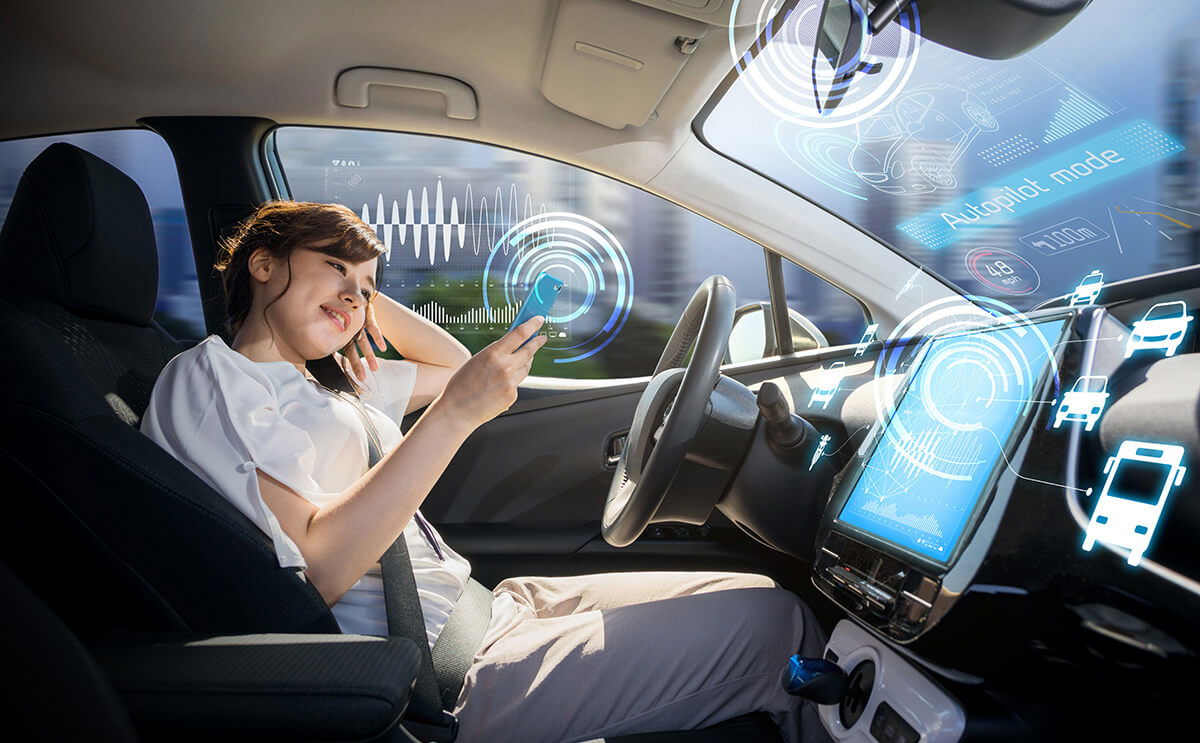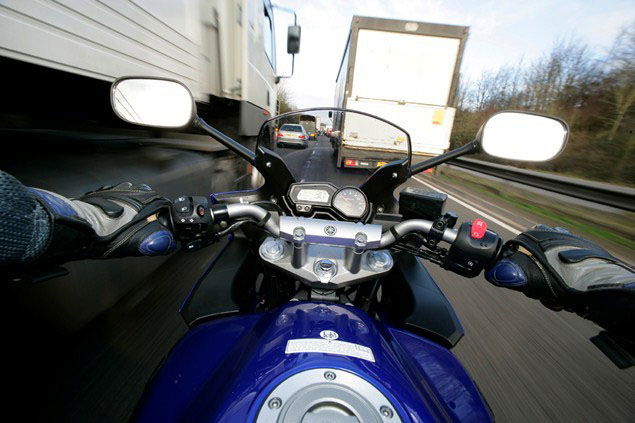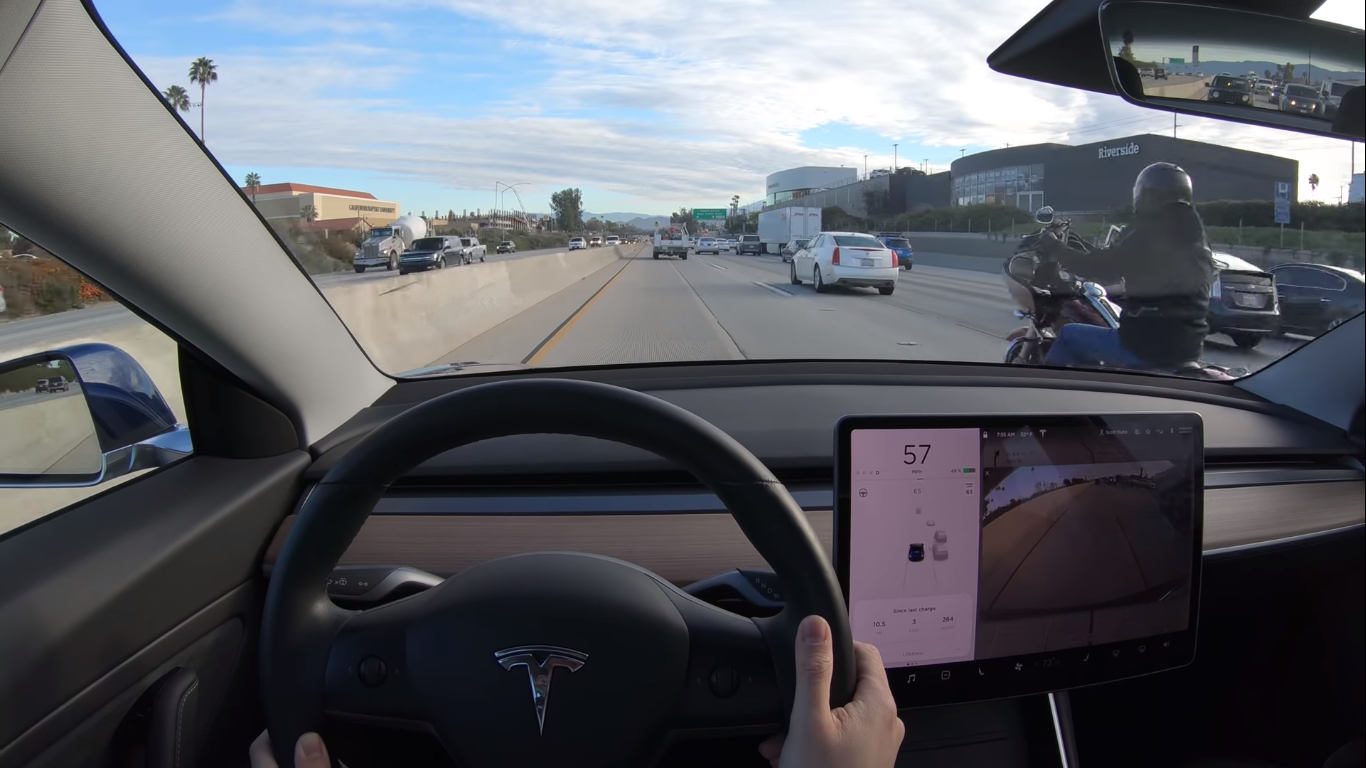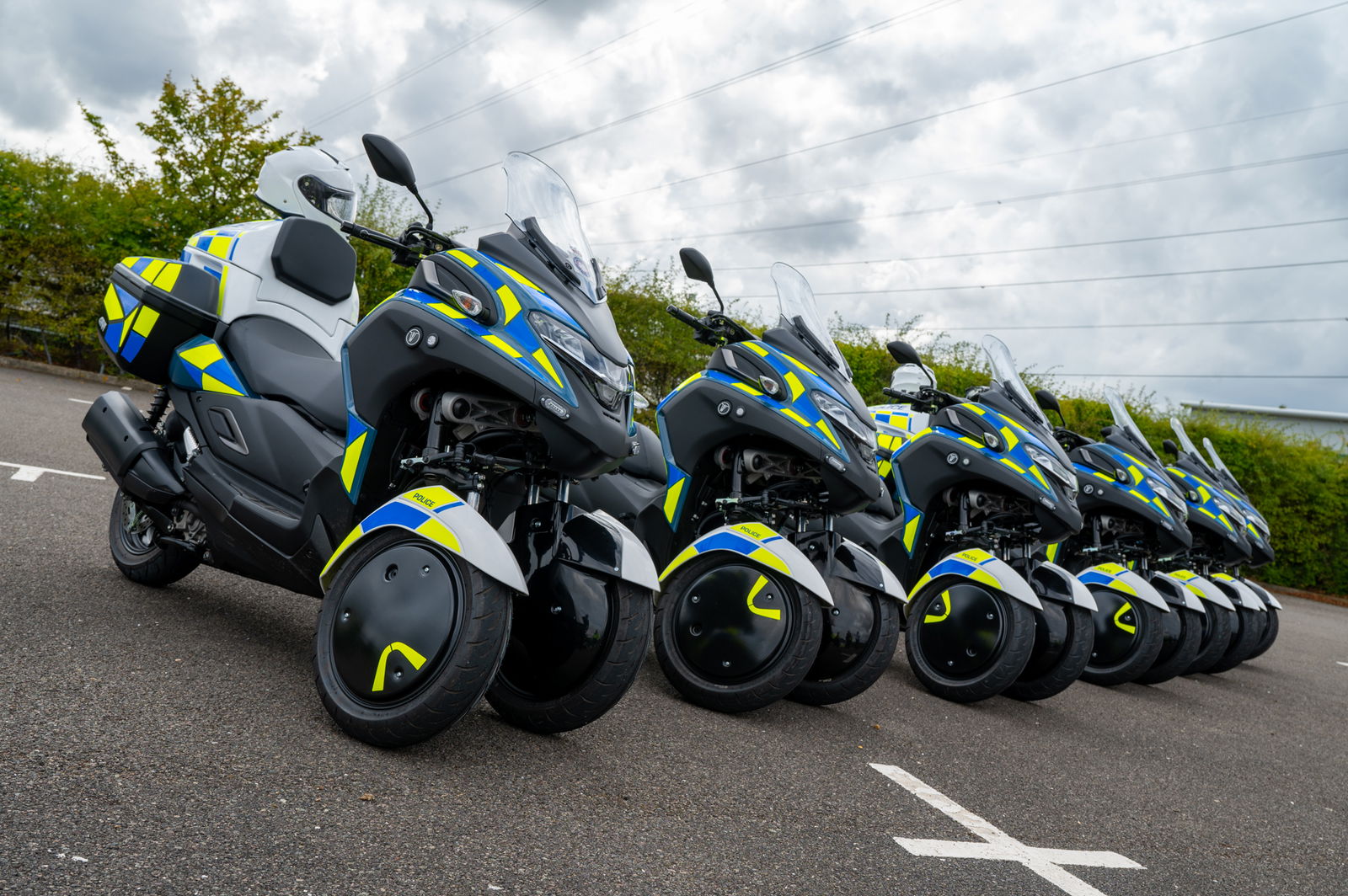New study confirms self-driving cars are not safe for bikers
A white paper published by the Connected Motorcycle Consortium has found several shortfalls in the autonomous technology of self-driving cars.

A paper analysing the ability to detect motorcycles by self-driving cars has been released by the Connected Motorcycle Consortium.
Self-driving cars have of course been developing for a while now. We all know about Tesla, but other, more established, manufacturers are also heading in that direction.

Earlier this year the United Nations (UN) announced that the speed limit for self-driving cars would be raised, and that new tests would be introduced to ensure better detection of motorcycle riders.
Then, a few weeks ago, the UK government announced plans for self-driving vehicles to be allowed on the country’s roads from next year, with plans for full implementation by 2025.
Despite this, concerns remain that autonomous vehicles do not yet have sufficient detection capabilities to make them safe around powered two-wheelers (PTWs).

The Connected Motorcycle Consortium (CMC) has published a white paper discussing the detection capabilities of autonomous vehicles in relation to PTWs.
As the European Association of Motorcycle Manufacturers (ACEM) said, “reliable detection of PTWs by passenger car ADAS is absolutely essential to avoid car-PTW collisions and to decrease the number of motorcycle accidents. Passenger cars must be able to appropriately recognize motorcycle manoeuvres in ordinary traffic, such as weaving in, leaning while cornering or splitting lanes.”
The paper published by the CMC found that the continued use of Advanced Driving Assistance Systems (ADAS) can lead drivers of those vehicles to become increasingly reliant on that technology, and “less attentive to the driving task.” As a result of this, the CMC says that car-to-PTW collisions could increase, even as car-to-car collisions decrease.

Another finding by the CMC was that small objects - including PTWs - can be detected but with a latency. The CMC suggests that “if a PTW is detected with latency in certain cases, it needs to be evaluated whether that latency is acceptable for a driver to react in time to avoid a collision.”
There are also problems relating to “Radar Cross Section” (RCS). This is essentially the amount of radar waves an object reflects back to the radar transmitter. A larger object will reflect more than a smaller object, for example. Detection is also affected by Signal to Noise Ratio (SNR). SNR can be thought of like a filter, which ignores all of the small radar detections (the CMC uses the word “clutter”) and focuses on the big ones. However, if the SNR is set too high it can ignore small but relevant radar detections, including PTWs. On the other hand, if it is set too low then the ADAS will take into account the small, irrelevant detections (“clutter”).
If the RCS of a vehicle is smaller than the Signal to Noise Ratio (SNR) then detection of said vehicle is weakened. Additionally, if there are other objects around with a higher RCS, the detection of vehicles with a lower RCs (i.e. PTWs) can be restricted.
There is also a similar detection problem with camera-based ADAS systems, where two tail lights which are positioned close together can appear as a normal set of tail lights on a car further away. This is one hypothesis that could potentially explain two recent cases of autonomous Teslas hitting motorcycles from behind, as explained by Ryan from FortNine in the below YouTube video.
The conclusion of the CMC paper is that it will be necessary going forwards for ADAS vehicles to have a “special focus on PTW detection” in their testing.
“Under certain circumstances,” the CMC paper reads, “the detection of PTWs is challenging for Advanced Driving Assistance Systems (ADAS), due to the different way of motion, the slim shape and as a result the smaller radar reflectivity of PTWs compared to cars.”
The CMC considers that, currently, “one of the most effective ways [to improve PTW safety) is to improve conspicuity of PTWs by automotive systems.”

![Gino Rea leaves hospital, returns to UK [credit: TSR/Technical Sports Racing Twitter]](https://cdn.visordown.com/field/image/Fb4XZW5UUAAHiDw-2.jpeg?width=1600)